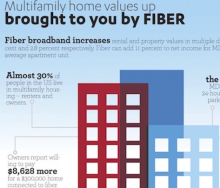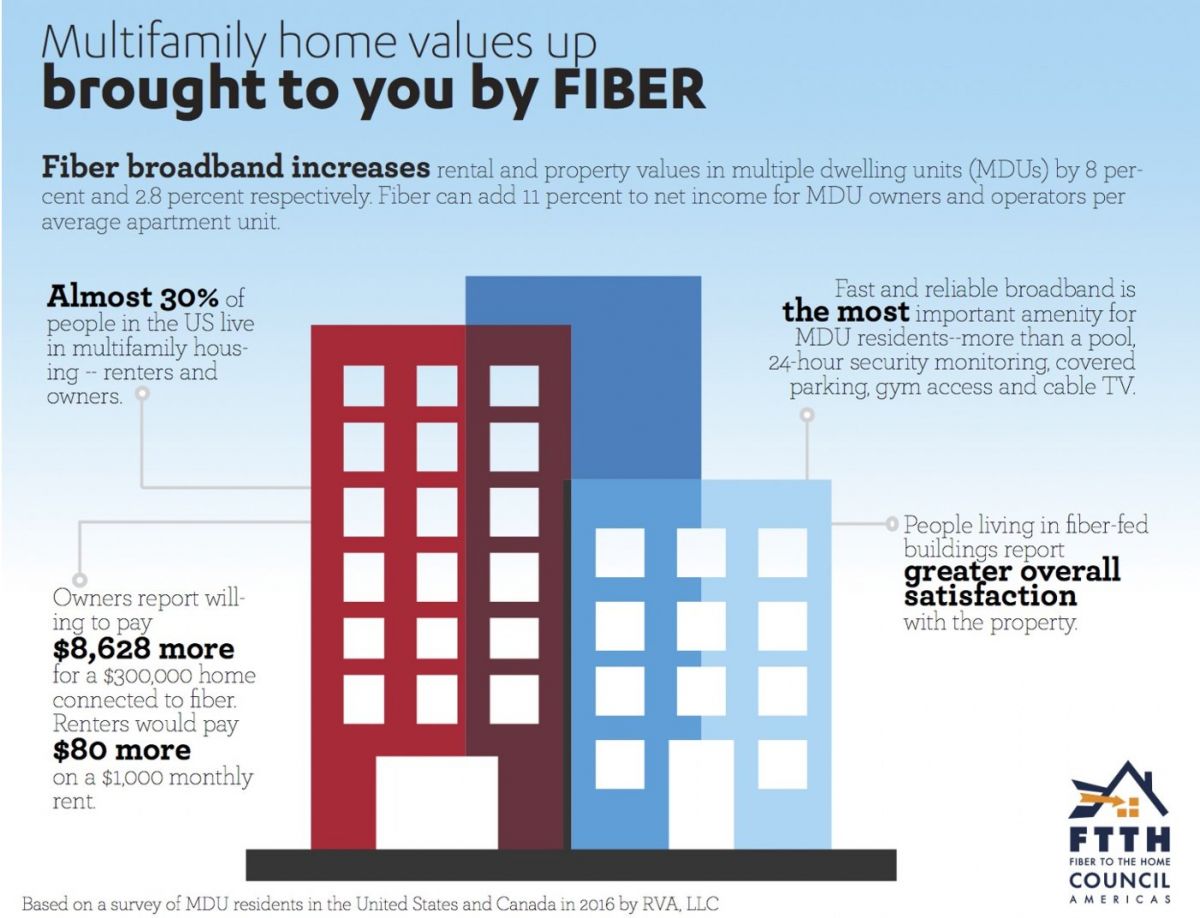Federal Lifeline Modernization Order: NCC Webinar Hashes Out The Details
Internet access for low-income households is becoming more affordable, thanks to an FCC modernization order that brings the Lifeline program into the 21st Century.
Next Century Cities recently offered a webinar for people who want to learn more about changes to the Lifeline program; our own Christopher Mitchell moderated the event. Jaymie Gustafson, Director of Stakeholder Engagement for the Lifeline, and attorney Olivia Wein from the National Consumer Law Center shared their knowledge about the order, discussed how local governments can utilize the program in public housing, and suggested ways local governments can help make the program a success.
The program, which initially provided a $9.25 subsidy to eliminate or lower the cost of telephone services to low-income households, now allows recipients to use the funds to purchase broadband services. Gustafson noted one of the driving factors behind the modernization order:
“We know it’s so important in terms of helping children do their homework, in terms of people being able to search for and keep their jobs, in terms of accessing services, just in terms of interacting with society around you. Right now, broadband is not a luxury. It’s a necessity.”
About The Program
The Universal Services Administrative Company (USAC) governs the Lifeline program, which originated in 1985 and receives funding from the Universal Services Fund. The fund, established in 1935, supports other programs that invest in telecommunications infrastructure in addition to low-income access. Instead of receiving a voucher to purchase services from a carrier or an Internet Service Provider (ISP), the provider receives the subsidy directly from USAC; after the discount is applied to Lifeline participants' bill, the participant pays the remainder to the provider.





